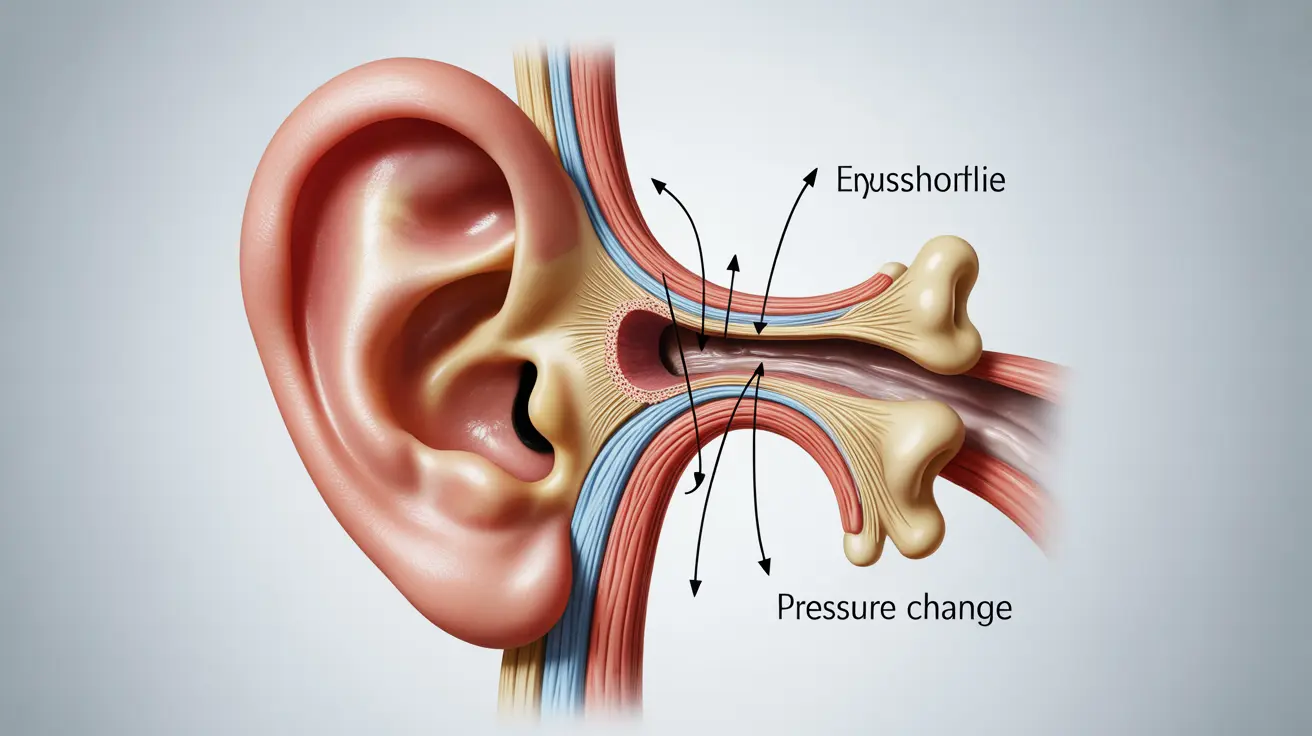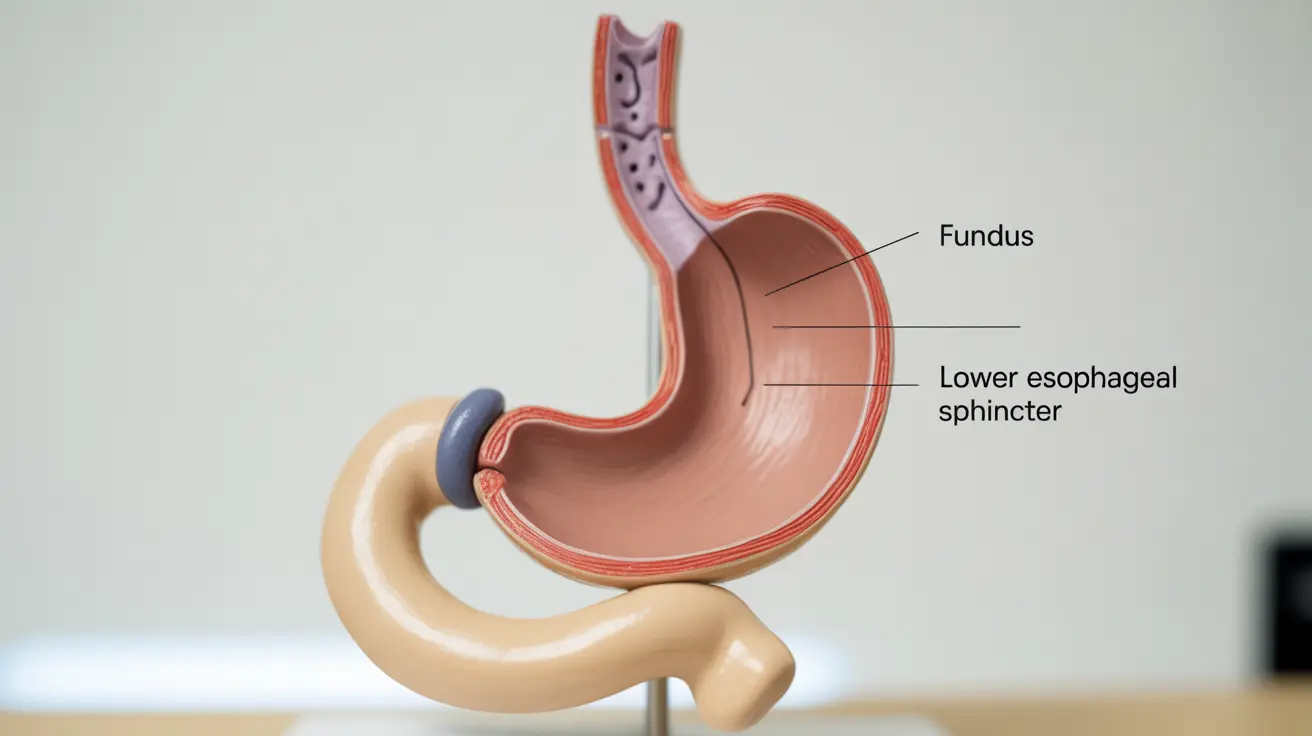Fidget toys have gained significant attention in recent years, particularly for their potential benefits in managing symptoms of Attention Deficit Hyperactivity Disorder (ADHD). These small, handheld devices are designed to provide sensory stimulation and occupy restless hands, potentially helping individuals with ADHD to focus and concentrate better. In this article, we'll explore the relationship between fidgeting, ADHD, and the use of fidget toys as a supportive tool for symptom management.
Recent research has shed light on the complex relationship between fidgeting behaviors and cognitive performance in adults with ADHD. Understanding this connection can help us better appreciate the potential role of fidget toys in supporting individuals with ADHD in their daily lives and tasks.
The Science Behind Fidgeting and ADHD
Fidgeting is a common behavior observed in individuals with ADHD. While it has often been viewed as a disruptive or negative habit, emerging research suggests that fidgeting may actually serve an important purpose for those with ADHD.
Fidgeting as a Compensatory Mechanism
Studies have shown that fidgeting behaviors in adults with ADHD may act as a compensatory mechanism to help maintain focus and attention. Increased fidgeting has been correlated with better sustained attention and more consistent performance on attention-demanding tasks. This suggests that the act of fidgeting might help individuals with ADHD regulate their attention and arousal levels, potentially improving their ability to concentrate on the task at hand.
Quantifying Fidgeting Behaviors
Researchers have developed new methods to objectively measure and quantify fidgeting behaviors in adults with ADHD. By using actigraphy devices on the wrist and ankle, they can track various aspects of fidgeting, including the number of fidgets, fidget variability, and fidget intensity. This standardized approach to measuring fidgeting provides valuable insights into its relationship with cognitive performance and ADHD symptom severity.
The Role of Fidget Toys in ADHD Management
Fidget toys are designed to provide a controlled outlet for fidgeting behaviors. These small, often handheld devices come in various shapes, sizes, and textures, offering different sensory experiences to the user. The idea behind fidget toys is to channel restless energy and provide a non-disruptive way for individuals with ADHD to satisfy their need for movement and sensory input.
Types of Fidget Toys
There are numerous types of fidget toys available, each offering unique sensory experiences:
- Stress balls or squeeze toys
- Fidget spinners
- Textured tangles or twist toys
- Putty or slime
- Clicking or flipping toys
- Worry stones or smooth pebbles
The variety of options allows individuals to find a fidget toy that best suits their preferences and needs.
Benefits of Fidget Toys for ADHD
Fidget toys can offer several potential benefits for individuals with ADHD:
Improved Focus and Concentration
By providing a subtle, repetitive sensory input, fidget toys may help individuals with ADHD maintain focus on their primary task. The act of fidgeting with a toy can occupy the part of the brain that might otherwise become distracted, allowing for better concentration on important activities such as work or study.
Stress and Anxiety Reduction
Many people with ADHD also experience anxiety. Fidget toys can serve as a calming tool, helping to reduce stress and anxiety by providing a tactile distraction and promoting relaxation.
Enhanced Fine Motor Skills
Regular use of fidget toys can help improve fine motor skills and hand-eye coordination, which can be beneficial for individuals with ADHD who may struggle with these areas.
Non-Disruptive Outlet for Excess Energy
Fidget toys offer a quiet and non-disruptive way for individuals with ADHD to release excess energy, making them suitable for use in various settings such as classrooms, offices, or during meetings.
Incorporating Fidget Toys into Daily Routines
To maximize the benefits of fidget toys for ADHD management, consider the following tips:
Choose the right toy: Experiment with different types of fidget toys to find one that provides the most comfort and benefit without being overly distracting.
Use during focused tasks: Incorporate fidget toys during activities that require sustained attention, such as reading, studying, or attending meetings.
Be mindful of others: Ensure that the use of fidget toys doesn't disrupt those around you, especially in shared spaces or quiet environments.
Combine with other strategies: Use fidget toys as part of a comprehensive ADHD management plan that may include medication, therapy, and other coping strategies.
Monitor effectiveness: Pay attention to how fidget toy use affects your focus, productivity, and overall well-being, adjusting your approach as needed.
Frequently Asked Questions
- Can fidget toys help manage symptoms of ADHD, and how effective are they?
Fidget toys can be helpful in managing some ADHD symptoms, particularly those related to focus and restlessness. While their effectiveness varies from person to person, many individuals with ADHD report improved concentration and reduced anxiety when using fidget toys. Research suggests that fidgeting may serve as a compensatory mechanism, potentially aiding in sustained attention and consistent performance on tasks.
- What are the benefits of using sensory or fidget toys for adults with ADHD?
Benefits of using fidget toys for adults with ADHD include improved focus and concentration, reduced stress and anxiety, enhanced fine motor skills, and a non-disruptive outlet for excess energy. These toys can provide a tactile sensory experience that helps regulate attention and arousal levels, potentially leading to better performance in work or academic settings.
- How does fidgeting or using fidget toys improve focus and concentration in individuals with ADHD?
Fidgeting or using fidget toys may improve focus and concentration by providing a controlled sensory input that occupies the part of the brain prone to distraction. This can help individuals with ADHD maintain attention on primary tasks. Recent studies have shown a correlation between increased fidgeting and better sustained attention, suggesting that fidgeting may help regulate cognitive processes in those with ADHD.
- Are there any potential drawbacks or limitations to using fidget toys for ADHD management?
While fidget toys can be beneficial, there are some potential drawbacks to consider. They may become a distraction if overused or if an inappropriate toy is chosen for the setting. Some individuals might become overly reliant on fidget toys, potentially neglecting the development of other coping strategies. It's important to use fidget toys mindfully and as part of a comprehensive ADHD management approach.
- How can incorporating fidget toys into daily routines support sustained attention in people with ADHD?
Incorporating fidget toys into daily routines can support sustained attention by providing a consistent, non-disruptive outlet for excess energy and the need for sensory stimulation. Using fidget toys during attention-demanding tasks, such as during work meetings, while studying, or when completing complex projects, may help individuals with ADHD maintain focus for longer periods. It's important to choose appropriate toys for different settings and to use them in conjunction with other ADHD management strategies for optimal results.
In conclusion, fidget toys can be a valuable tool in the management of ADHD symptoms, particularly in supporting focus and reducing restlessness. While they are not a cure-all solution, when used appropriately and in conjunction with other treatment strategies, fidget toys can contribute to improved daily functioning and quality of life for many individuals with ADHD.




